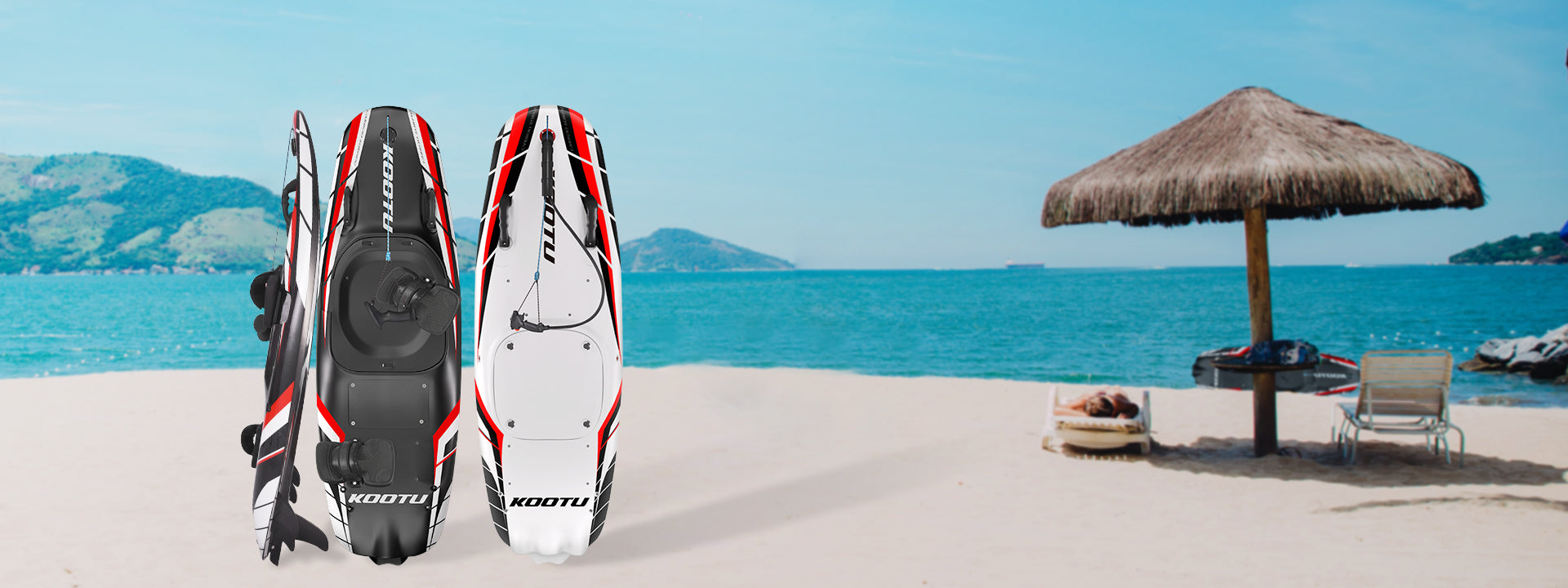What is the difference between road bikes and mountain bikes?
When it comes to cycling, there are various types of bikes available, each designed for specific purposes. Two popular options are road bikes and mountain bikes. While they may look similar at first glance, there are significant differences between the two. In this blog post, we will explore the disparities between road bikes and mountain bikes, helping you understand which one might be the best fit for your cycling needs.
1. Terrain
One of the primary differences between road bikes and mountain bikes is the terrain they are designed to tackle. Road bikes are built for smooth, paved surfaces such as roads and bike paths. They feature narrow tires and lightweight frames, allowing for efficient and fast riding on these surfaces. On the other hand, mountain bikes are specifically designed for off-road riding. They have wider tires with deep treads, sturdy frames, and suspension systems to handle rough terrains like dirt trails, rocks, and roots.
2. Riding Position
The riding position is another key distinction between road bikes and mountain bikes. Road bikes are designed for speed and efficiency, so they have a more aerodynamic riding position. The rider leans forward, with their hands on the drop handlebars, which reduces wind resistance and allows for faster riding. Mountain bikes, on the other hand, have a more upright riding position. The handlebars are wider and higher, providing better control and stability when navigating through challenging terrains.
3. Gearing
The gearing systems on road bikes and mountain bikes also differ significantly. Road bikes typically have a larger number of gears, allowing for a wider range of speeds. This is important for road cyclists who need to maintain a consistent cadence on various terrains. Mountain bikes, on the other hand, have a lower number of gears but with a wider range. This is because mountain biking involves more frequent and sudden changes in terrain, requiring quick and precise gear shifts.
4. Suspension
Suspension is a crucial feature that sets mountain bikes apart from road bikes. Mountain bikes are equipped with front suspension forks or full suspension systems to absorb shocks and bumps on rough terrains. This helps to improve rider comfort and control, especially when riding over obstacles. Road bikes, on the other hand, typically do not have suspension systems. The focus is on maximizing efficiency and reducing weight, so the frames and forks are rigid.
5. Tire Type
The type of tires used on road bikes and mountain bikes also varies. Road bikes have narrow, smooth tires that offer low rolling resistance, allowing for faster speeds on paved surfaces. These tires are not suitable for off-road riding as they lack the necessary traction. Mountain bikes, on the other hand, have wider tires with aggressive treads. These tires provide excellent grip and traction on uneven and loose surfaces, ensuring better control and stability.
In conclusion, road bikes and mountain bikes are designed for different purposes and terrains. Road bikes excel on smooth, paved surfaces, offering speed and efficiency. Mountain bikes, on the other hand, are built for off-road adventures, providing stability and control on rough terrains. Understanding these differences will help you choose the right bike for your cycling needs and preferences.













